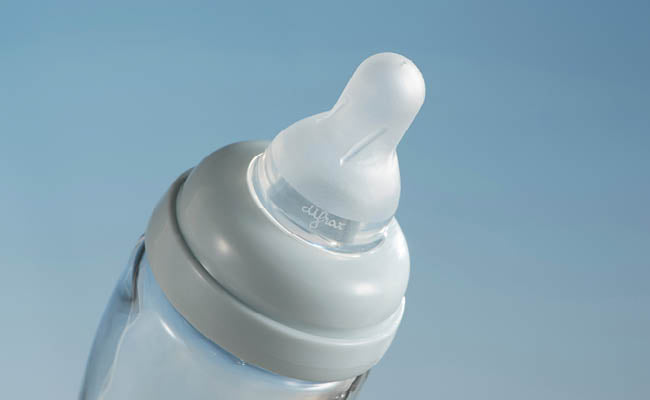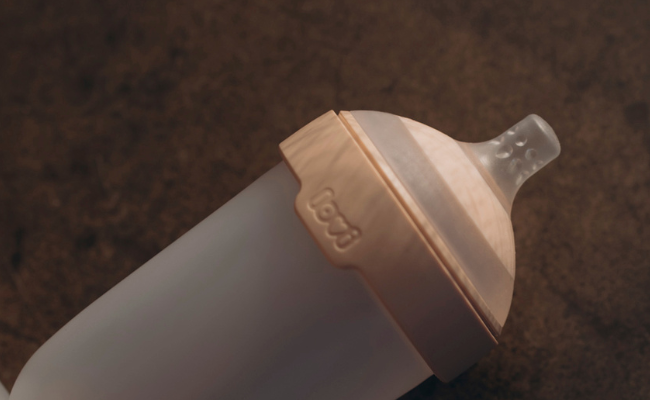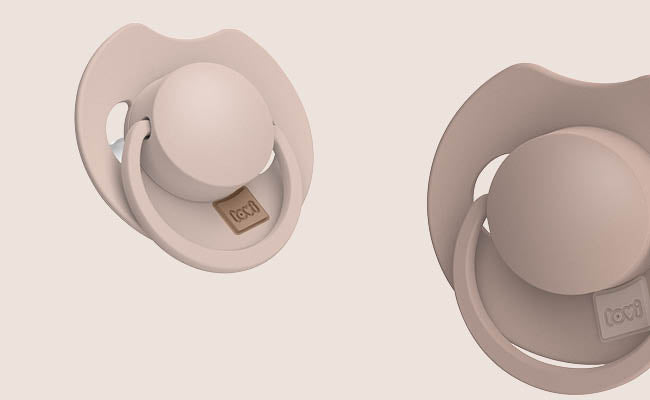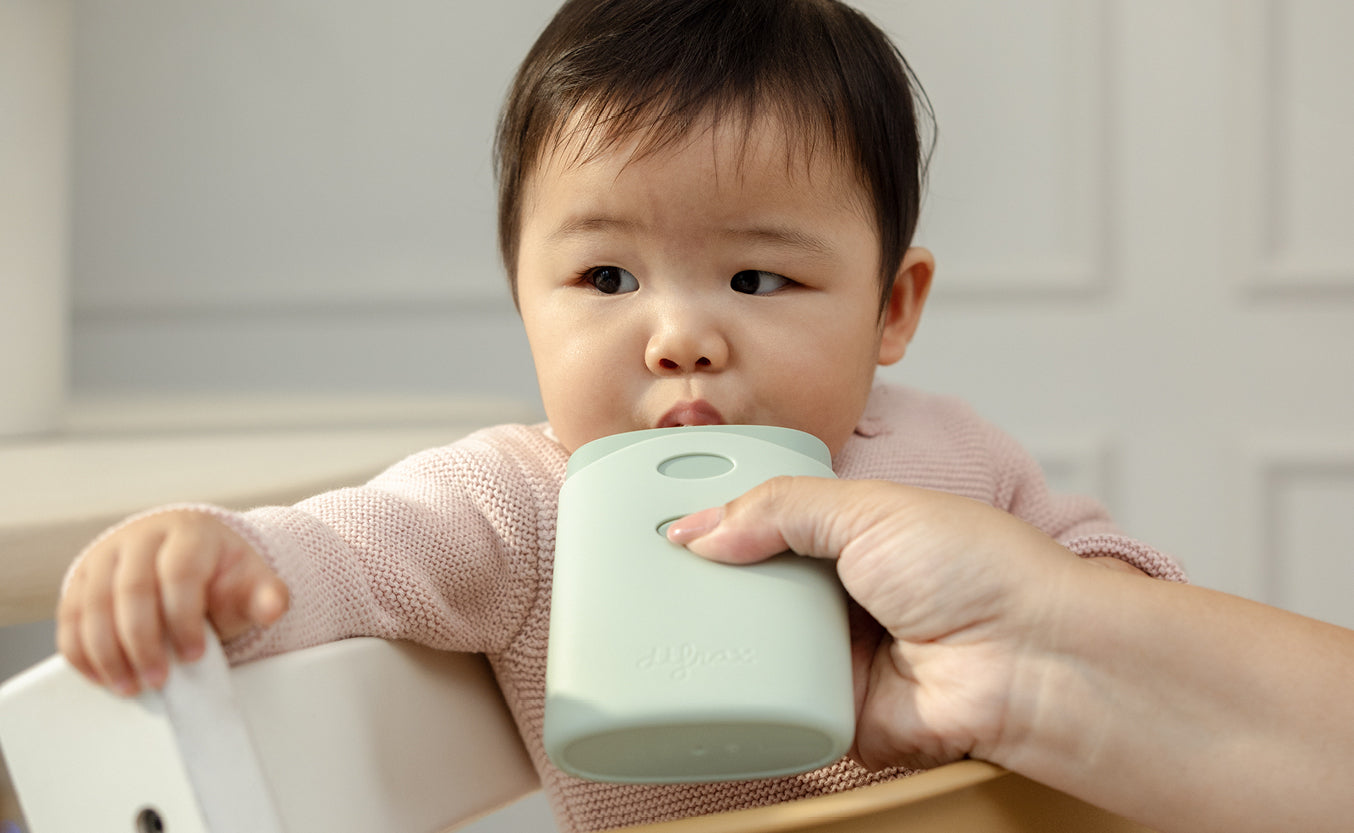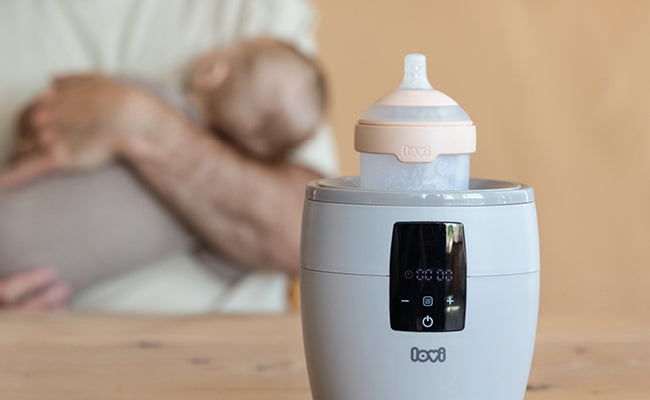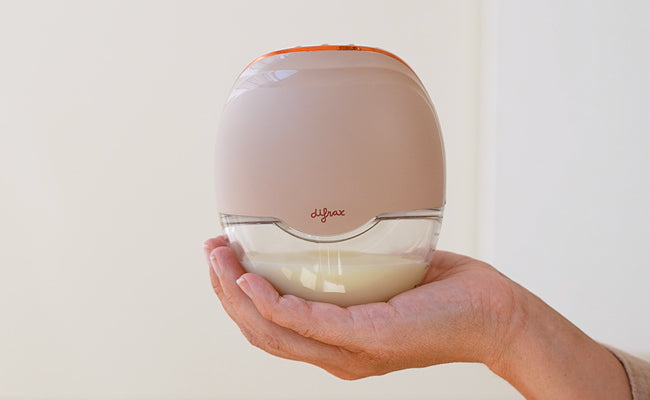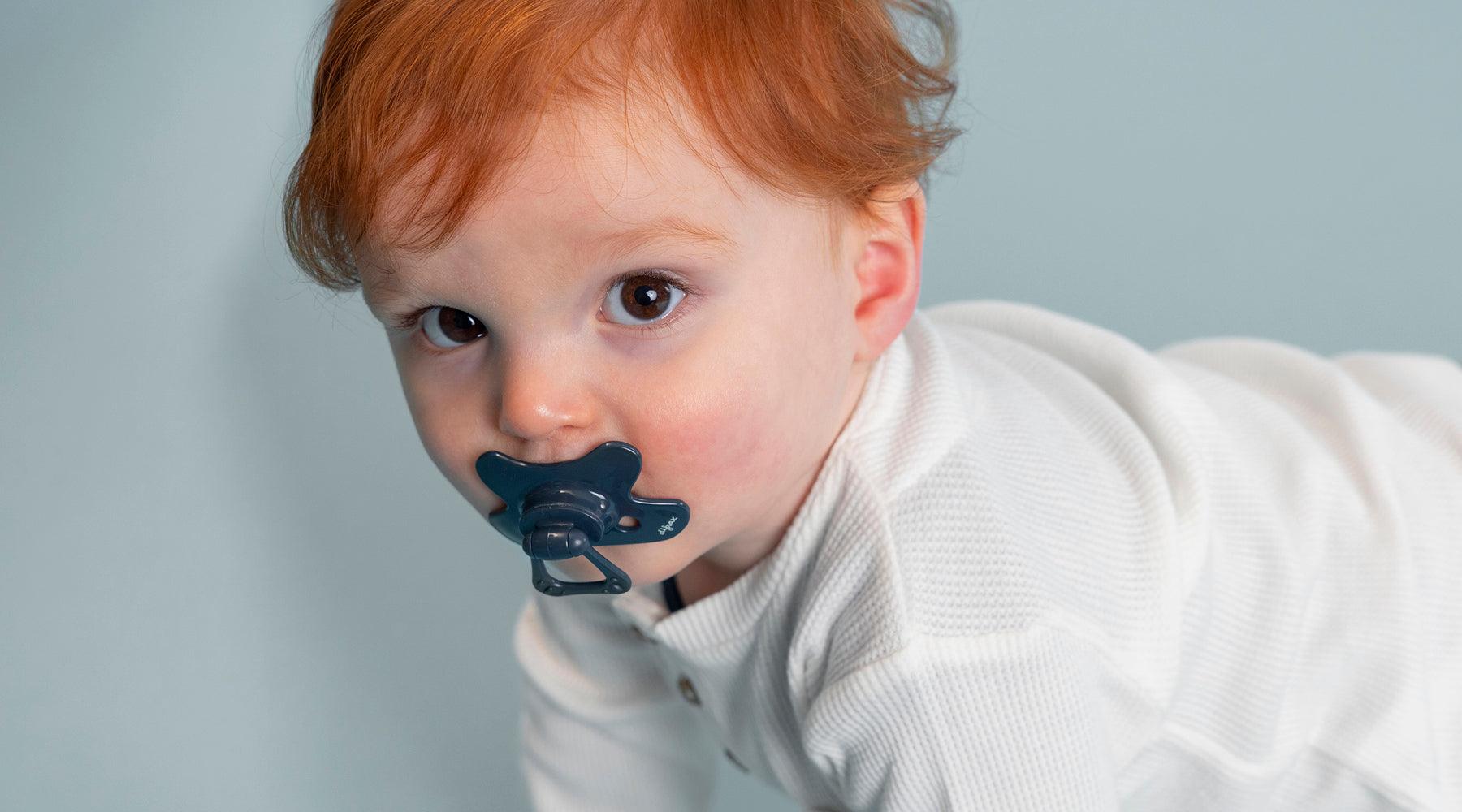
When to switch to a different age pacifier?
From birth, babies have a strong sucking urge. As your child gets older, not only does their face grow, but their sucking power becomes stronger, too. This is why Difrax pacifiers come in five different sizes to suit them as they grow. The shield becomes bigger and the teat becomes firmer. But when is the right time to switch? Is age the only indicator or are there more factors that reveal whether your child is ready to move up a size?
Pay attention to your child
First and foremost, every child is unique, just as your baby’s growth curve is unique. It is important for parents to keep a close eye on the behavior of their child. You, as a parent, are the best judge of what your child needs.
Age is a good indicator
Our pacifiers have an age indication. This makes it easy to choose the right pacifier for your child. However, it remains only an indication. For instance, if your child is bigger or smaller than average, it may very well be that the size they need is not perfectly aligned with their age.
Why do pacifiers have age ranges?
Just becuase infants have different stages of growth through childhood.
When do you switch?
The most important criterion is that your baby should be able to properly hold the pacifier in his/her mouth. Especially with the Newborn, 0-6 months, and 6+ months pacifiers, there is a clear difference in the size of the shield and the teat.
Some signs that the pacifier is difficult to hold in the mouth include:
- Your child visibly has to make an effort to hold the pacifier in its mouth.
- Your child quickly spits the pacifier out.
- The pacifier’s shape is imprinted on your child’s cheeks.
If your child shows any of these signs, it is recommended to switch to a larger pacifier.

Why should you switch to a different age?
Your child’s face gets bigger as it gets older. The sucking power and the jaws will also become stronger. Difrax pacifiers come in different sizes to suit your child as they grow. The teat becomes firmer and the shield becomes bigger. This way, the pacifier continues to meet the needs of your child during the different age stages.
Because your child’s jaws become stronger over time, it is important to check the pacifier for damage on a daily basis. To do this, firmly pull the teat and check if you can see any damage. Is the pacifier damaged? Then replace it immediately. Read more about the safe use of a pacifier.



